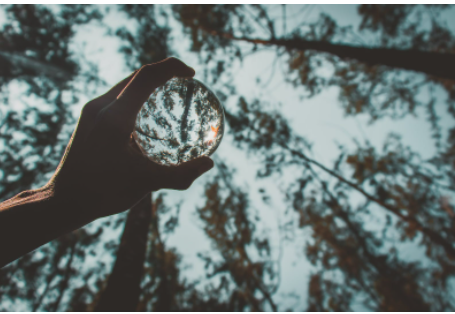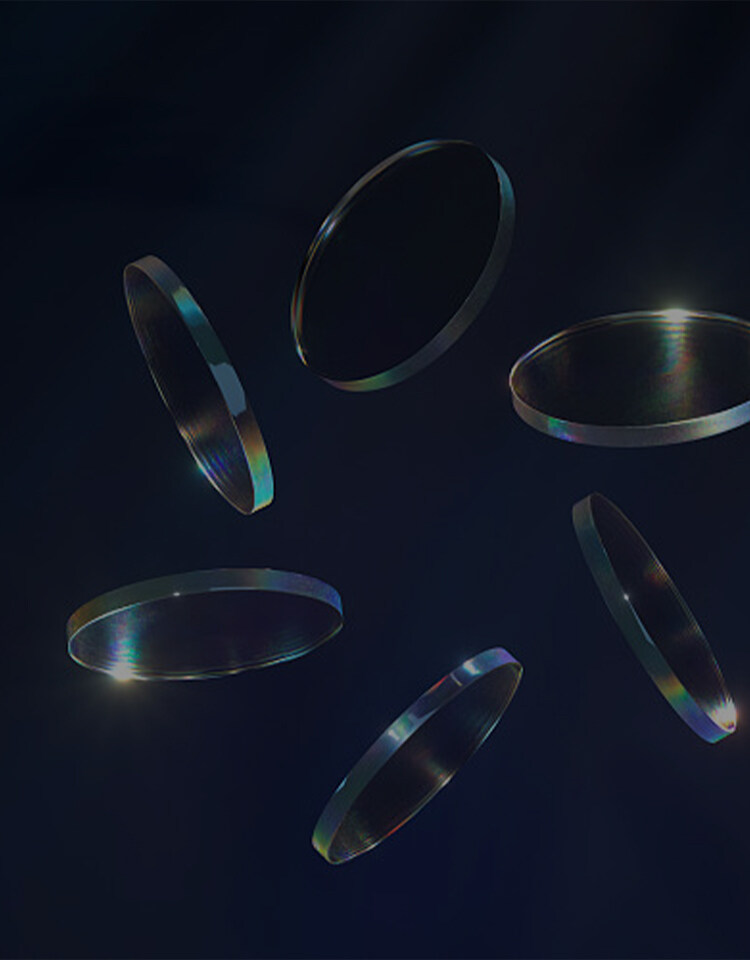Email format error
Email cannot be empty
Email already exists
6-20 characters(letters plus numbers only)
The password is inconsistent
Email format error
Email cannot be empty
Email does not exist
6-20 characters(letters plus numbers only)
The password is inconsistent


what are the different types of camera lenses?
As we know, The Lens is the optical component that forms the basic building blocks of many common optical devices, such as cameras, binoculars, microscopes, and telescopes. It is a transparent optical component used to converge or diverge light emitted from a peripheral object. The transmitted light rays then form a real or virtual image of the object. and It is essentially a light-controlling element and is exploited for light gathering and image formation.
What are the different types of camera lenses?
There are many different types of camera lenses, Here we will introduce about 7 types of camera lenses Including their advantages and application scenarios.

Telephoto lens
A lens with a focal length of more than 135mm is classified as a telephoto lens, and a lens with a focal length of more than 500mm is generally called an ultra-telephoto lens. With this type of lens, you can understand them as a telescope mounted on the camera.
Advantages: A narrow-angle of view, when shooting people or objects, there is little environment brought in, so it is easy to highlight the subject.
Application: The telephoto lens has a small angle of view but it is suitable for shooting distant objects, ball games, wild animals, and so on. If you are a professional wildlife photographer or sports photographer, or if you photograph the night sky and the stars, then a telephoto lens is the best choice.
Medium-focus lens
A lens with a focal length of 85mm-135mm is called a medium focal length lens in camera.
Advantages: The distortion of the photos taken by this focal length lens is small, which can best reflect the shape of the subject, and it is relatively easy to design a large aperture.
Application: Medium-focus lenses with large apertures are usually used in portrait photography.
Standard lens
A Standard lens also called a normal lens, the focal length of the Standard lenses is between 35mm to 50mm.
Advantages: It provides a field of view of about 50 degrees and is most similar to how the human eye sees the world.
Application: Standard focal length lens is easy to enlarge the aperture, which is conducive to shooting in low light and creating a blur effect.
Wide-angle lens
Wide-angle lenses generally have a focal length between 16 and 35mm.and The focal length of the super wide-angle lens is between 12mm-24mm.
Advantages: It provides a field of view of about 50 degrees similar to the human eye, and the perspective sense of near and far is the closest to the human eye. Wide angles have a wider focal field, allowing you to essentially capture more of the scene in front of you than a zoom lens. and it is easy to see the front and rear scenes clearly.
Application: Wide-angle lenses wider lens can capture a wider picture, so it is especially suitable for landscape photography of large scenes. The ultra-wide-angle lens is used for shooting scenes such as landscapes, buildings, and group photos.

Fisheye lens
The fisheye lens is an extremely wide-angle lens. The diameter of the 180°lens is very short and it protrudes outward, similar to the eyes of fish.
Advantages: There is a big difference between the fisheye lens and the real-world scene in people's eyes. A fisheye lens is basically an ultra-wide-angle lens, offering an enormous field of view. The fisheye lens can create a very strong perspective effect when shooting close to the subject.
Application: It is widely used in the fields of scene monitoring, robot navigation, and measurement. In addition, due to the wide field of view, fisheye lenses are often used in panoramic photography.
Zoom lens
The lens whose focal length can be changed within a certain range, such as 12-24mm, 24-70mm, or 70-200mm.
Advantages: The zoom lens is any lens with a variable focal length. It can be “zoomed” in to transform the focal length and, therefore, the field of view. This magnifies or demagnifies the subject to bring them "closer to" or "further from" the audience.
Application: The framing field of view is variable, especially suitable for quick capture of active scenes, and you can take photos of different scenes without changing the lens.and if you are going on a long trip and need lenses with different focal lengths, it is more convenient to bring a zoom lens than multiple fixed-focus lenses.
Prime lens
A prime lens is a lens that has a single focal length that cannot be changed. The focal length of the prime lens is 35mm, 50mm, 85mm, etc.
Advantages: The main advantage of prime lenses is that they specialize in just one focal length. In other words, they are finely tuned to deliver one specific type of photography, unlike a zoom lens which can be used in a multitude of cases. The optical design and mechanical structure of fixed-focus lenses are simpler, which can achieve higher picture quality and larger aperture at lower manufacturing costs, and are lighter than zoom lenses of the same grade.
Application: Prime lenses have better color reproduction and depth of field control. they also have an advantage in portrait photography that zoom lenses do not have unified a style. The same prime lens is used for all or most traditional portrait shots. and It can create a unified style, tone, and feel.
To sum up
There are many different types of camera lenses, such as the Telephoto lens, Medium-focus lens, Standard focal length lens, Wide-angle lens, Fisheye lens, Zoom lens, Prime lens, and so on. Each lens has its advantages and application scenarios, you can choose the lens according to your needs.
We have a lot of different types of lenses for sale. If you are looking for an optical lens technology company. Our company will be your best choice.
We are a professional china optics lens manufacturing company. We take pride in helping customers from sample production to mass production and focus on providing cost-effective solutions that meet customer requirements, schedules, and budgets. Whether customers require standard optical products or customized optical components, Our engineering team can come up with ideal solutions, and we are committed to the production process and quality assurance of products at every step of the production process. We are looking forward to cooperating with you. Welcome to contact us.

